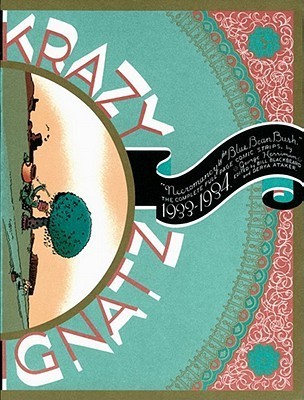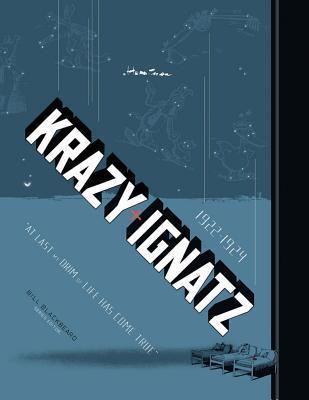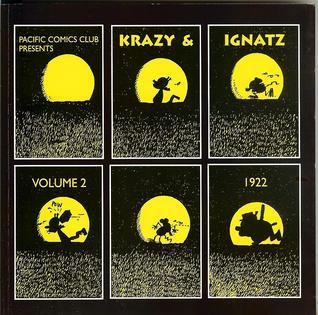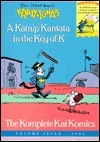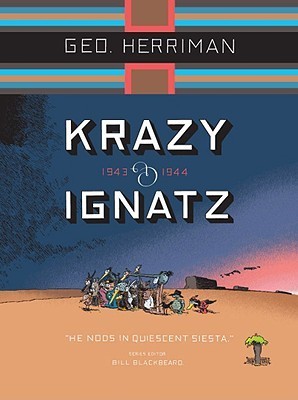
Part of Series
Author
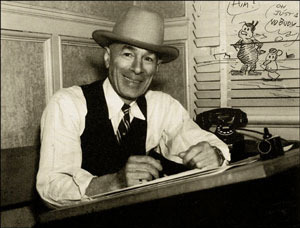
George Herriman was born August 2nd, 1880. He was an African-American cartoonist whose comic strip Krazy Kat has been said by many to be America’s greatest cartoon. Herriman was born in New Orleans, but his Creole family soon moved to California. As a teenager, he contributed drawings to local newspapers. In his early 20s, he moved to New York City and freelanced until newspaper mogul William Randolph Hearst hired him for the New York Evening Journal. During the first decade of the 20th century, Herriman’s first success was called The Family Upstairs. Krazy Kat gained independence on October 28, 1913 as a cartoon character of his own, and ran until George Herriman died in 1944. Krazy Kat never achieved wide popularity among newspaper readers, though it attracted a highbrow following. Fans included Pablo Picasso, Charlie Chaplin, Walt Disney, F. Scott Fitzgerald, Frank Capra, H. L. Mencken, and Ernest Hemingway. Krazy Kat's lengthy tenure owed much to Hearst's personal love of the strip. Acceptance by the cultural mainstream grew after Herriman's death, as Krazy Kat appeared in an animated series by Paramount Studios and even in a novel. Throughout the 20th century, cartoonists have considered Krazy Kat the founding father (or mother) of sophisticated comic strips.
